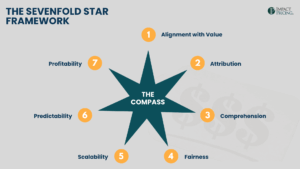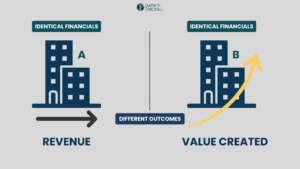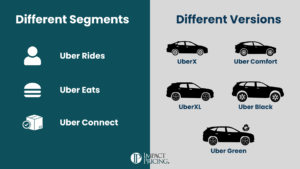I came across a great pricing insight a while back on a day when my car battery died. After unsuccessfully attempting to replace it myself (why are cars so hard to work on these days?), I called around to find a shop to do it.
One shop quoted a flat rate for the job, which included the battery and the labor. They had created the price “on the fly” by adding the price they would charge for the battery and their estimated labor cost to change a battery (maybe for my particular car). The fact that they quoted a flat rate made me feel much more comfortable than a price for the battery plus an hourly rate for the labor. If they had quoted an hourly rate, I wouldn’t know how much the bill would be in total until it was time to pay, and then it would be too late to change my mind.
When I arrived and was waiting to be served, I was looking at their displays. They were advertising three oil change service levels: $29.95, $49.95, and $99.95. Since my car was due for an oil change, I ordered the middle one (of course). Then I started thinking. They likely would not have gotten me to buy an oil change if the prices were based on an hourly rate. It was the flat rate – the certainty – that made me comfortable.
Examining Two Pricing Methods: Flat Rate vs. Time/Materials
So, when does it make sense to charge “time and materials” versus a “flat-rate”?
This question is relevant in so many different situations: auto and other repair shops, consulting projects, building projects, and anything custom (like web design).
The flat rate price lets the buyer know the maximum they will be liable for; the certainty is comforting. It assures the buyer they will not get ripped off with extra or padded time. It implies the business is experienced enough to know what it will take to get the job done. Flat rate pricing is also a form of insurance to the buyer in case their job is more difficult than most. Most people would prefer to purchase at a flat rate.
Yet sometimes, time and material may be the only way to quote. A plumber doesn’t know how long it will take to unclog your drain until they show up and try (unfortunately, I know this is true.) And yet, a plumber can (and usually does) quote a flat rate to a contractor building a new home because it is more predictable and certain. Everything in business points toward trying your best to quote a flat rate whenever possible.
Another reason to quote a flat rate is for price segmentation. If you charge an hourly rate, then you risk losing customers who have different willingness to pay (WTP) or who are more price sensitive. However, if you are quoting flat rates, you can easily find ways to segment your prices and sell to customers with different levels of WTP at different – but certain – prices.
A Downside of Flat Rates
One downside to quoting flat rates is the risk that your costs will be higher on that job than you estimated. Hopefully, on most of your jobs, your costs are less than or equal to your estimates so that, on average, you make a profit. Then on the occasional job that’s more complex, you might lose a little, but you made it up on all the other jobs.
This is an especially big problem for large projects. It even has a name: The Winner’s Curse. For example, imagine 10 contractors bidding to build a new office complex. In this example, each one has the exact same costs and profit needs. The only difference is the person who estimates the cost of the job. Some people will err high, and others will err low. The company that estimates their costs to be the lowest is likely to price lower, win the job, and lose money because they estimated their costs too low. This is why they call it the Winner’s Curse.
Summing Up
The bottom line is – try to quote flat rate prices. Your customers prefer them from a psychological perspective, and you have more pricing flexibility. Of course, you are taking a risk, but you should be able to charge a little more since your flat rate includes “insurance.”















